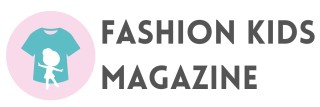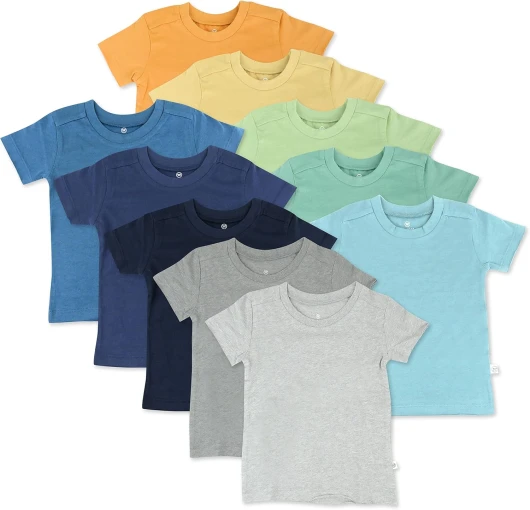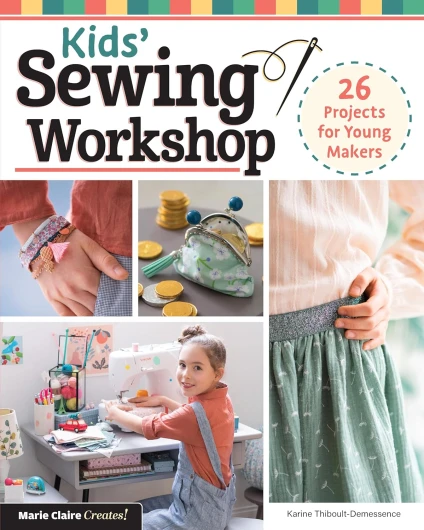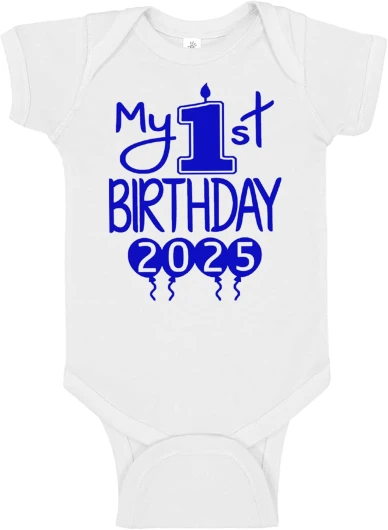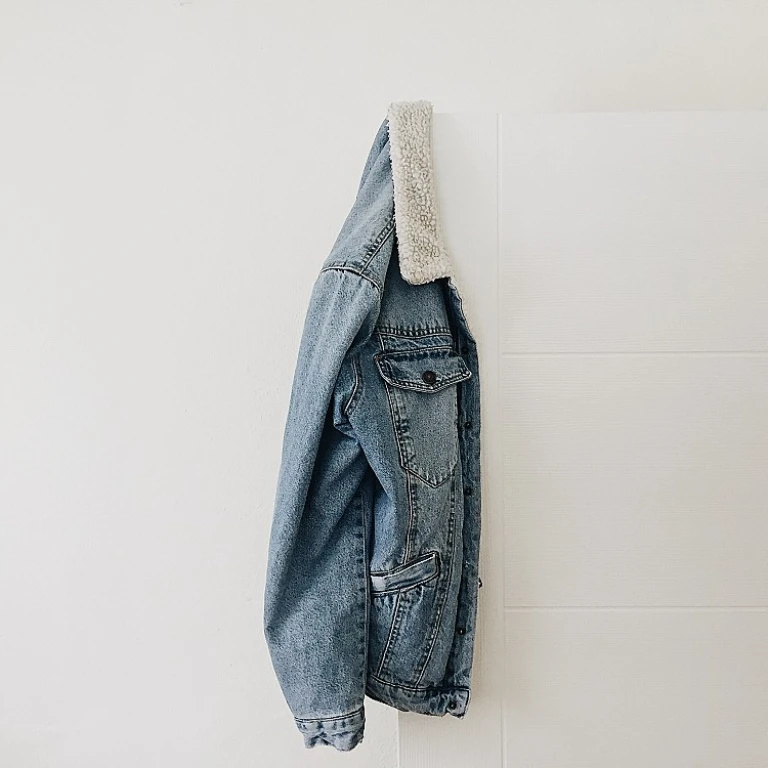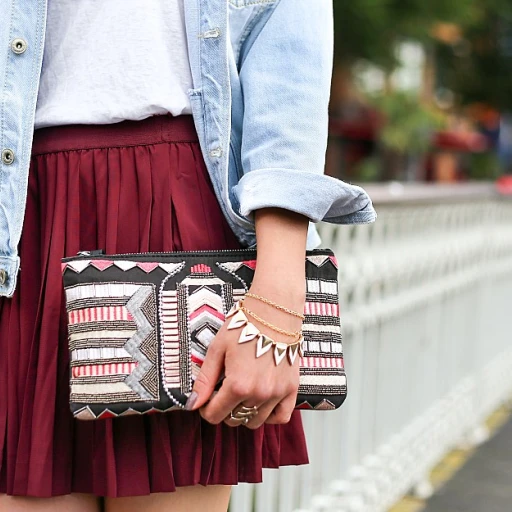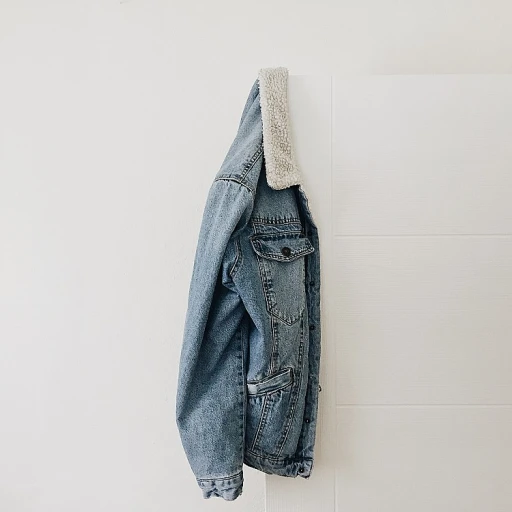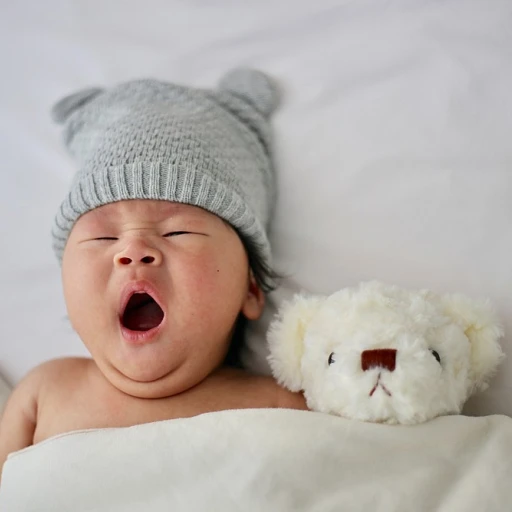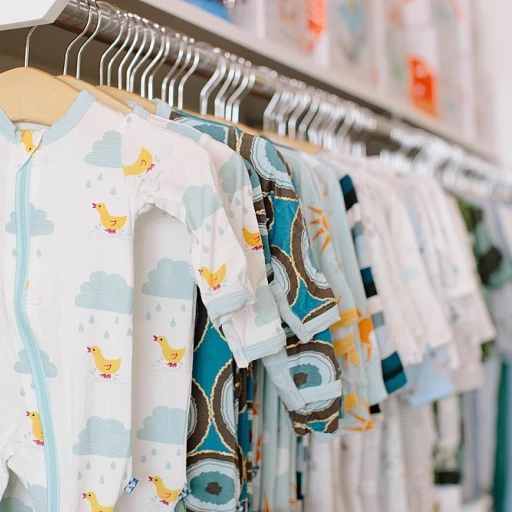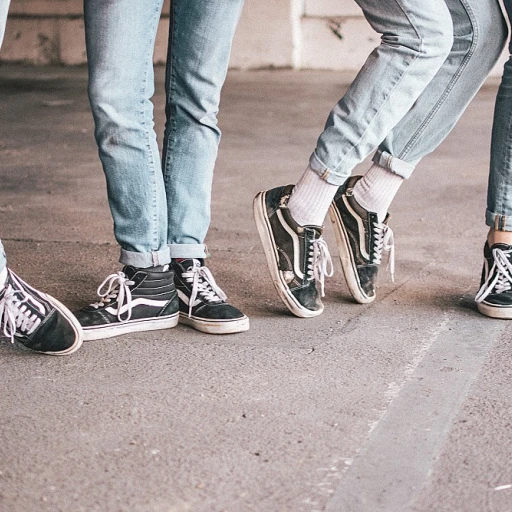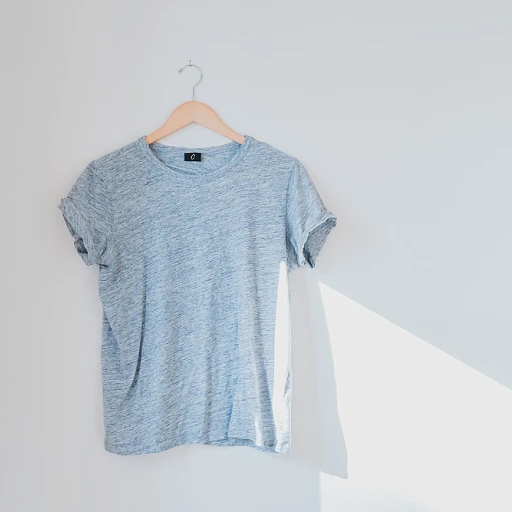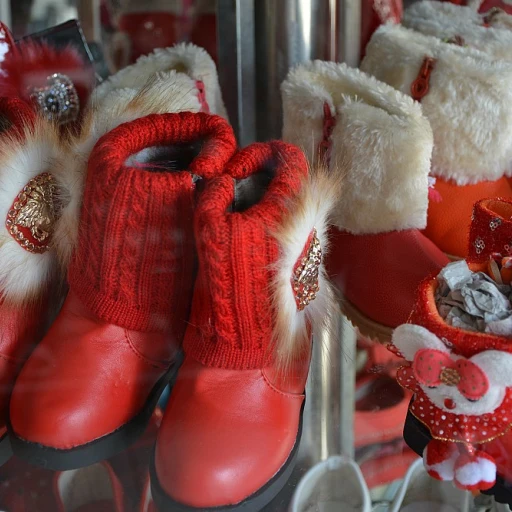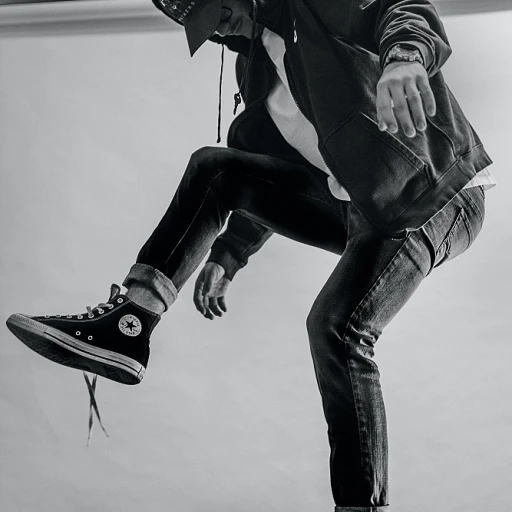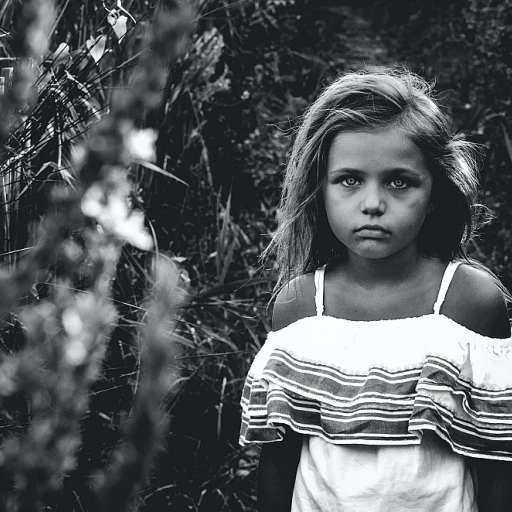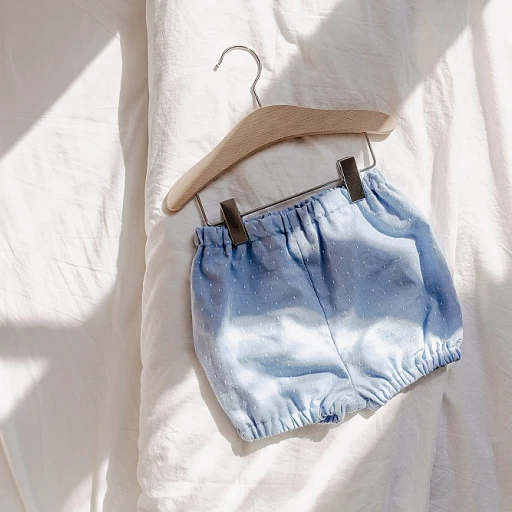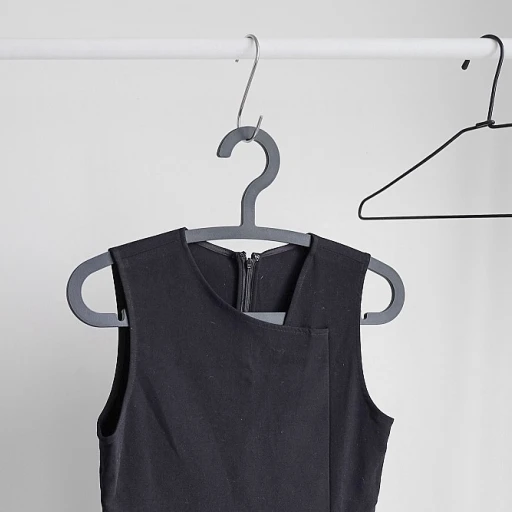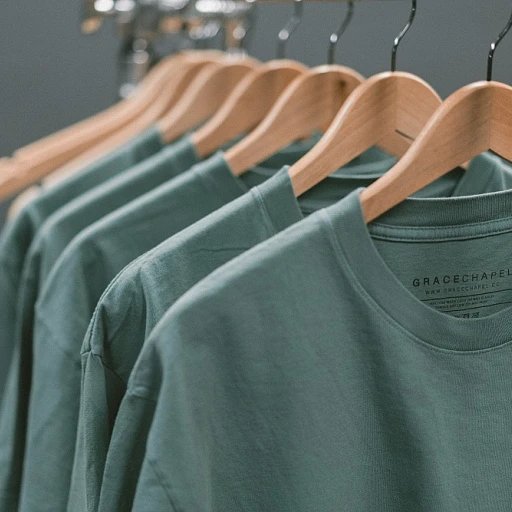
Understanding size 100 in baby clothes
Decoding the mystery behind size 100 baby clothes
When we talk about baby clothing sizes, it gets as confusing as trying to understand toddlers' mood swings. Size 100 in baby clothes is one of those sizes that leaves many parents scratching their heads. Rest easy, though, as we'll unpack what size 100 means in different regions, including its fit for age, height, and weight.
Essentially, size 100 typically suits babies and toddlers in the 3-4 year range. To be more precise, it’s meant for kids around 39-43 inches tall (or around 100-110 cm). This makes it a go-to for parents with growing kids who might be outgrowing their baby clothes but aren’t yet into big kid clothes.
Breaking it down further
So, what exactly goes into determining a size 100 piece of baby clothing? Excellent question! Here are some things they consider:
- Height: As mentioned earlier, this size is best for kids around 100-110 cm (39-43 inches).
- Weight: You’ll want your little one to weigh around 28-37 lbs (about 13-17 kg).
- Age: Age ranges can be misleading, but generally, size 100 is a fit for kids aged 3-4 years.
Considering these factors ensures that the clothing fits well and provides comfort, which is super essential for active toddlers. Trust us; a comfy little one equals a happy parent.
a closer look at the perfect fit
For parents, figuring out the right size can be an ever-present headache. It helps to use a baby clothes size chart. Even then, a size might vary a little based on brands or countries. We’ll dig deeper into regional differences and top brands offering size 100 clothes in other parts of this post.
For now, knowing your baby's height, weight, and size can make shopping trips less stressful. Keep reading to ensure you’re armed with all the tips and tricks for snagging the perfect fits for your little bundle of joy.
Size 100: age, height, and weight guidelines
Age, height, and weight guidelines for size 100
When it comes to figuring out what is size 100 in baby clothes, it can be a bit tricky. So, let's break it down and give you the scoop.
Understanding the age range
Generally, size 100 is meant for children around 3 to 4 years old. However, this isn't set in stone since every child is different. Some kids might fit into this size as early as 2 years, while others might be closer to 5 years. It depends on their growth and development.
Height and weight specifics
According to data from various clothing brands:
- Height: Typically, size 100 is suitable for kids who are around 39 to 41 inches (98 to 104 cm) tall.
- Weight: This size generally fits children weighing between 33 to 37 pounds (15 to 17 kg).
How sizes vary with brands
It's important to note that brands have their own size charts. For example, Hanna Andersson has its own European baby clothes chart which might differ slightly from those found in the U.S.
Conversion charts and fitting tips
Using a size conversion chart can be a lifesaver when shopping online. Many websites offer a size guide, ensuring that you pick the best baby clothes that fit snugly. Make sure you check the chest, waist, and hip measurements too.
If you're unsure, bust out the measuring tape. Measure your child's height, chest, waist, and hips, and compare these with the size chart provided by the brand. This way, the clothes will fit just right and let them move comfortably.
Pro tips for accurate measurements
- Height: Have your child stand straight without shoes, and measure from the top of the head to the floor.
- Chest: Measure around the fullest part of the chest while keeping the tape under the arms.
- Waist: Measure around the natural waistline, typically just above the belly button.
- Hips: Measure around the widest part of the hips.
With these guidelines, you'll be ready to shop for size 100 baby clothes confidently. For more tips, check out our guide on buying cute baby clothes for boys that are both stylish and comfy.
Size 100 in different countries: U.S., Europe, and more
Comparing size 100 across borders
When it comes to baby clothing, the standard sizes can differ significantly between regions, and understanding how size 100 compares across the U.S. and Europe is essential for any parent shopping internationally. In the United States, size 100 is typically not used, and equivalents tend to be listed in months or a combination of height and weight. Conversely, European countries, including Sweden and Germany, commonly use this sizing system.
U.S. baby clothing size conversion
In the U.S., baby clothes sizes generally follow a pattern based on age, such as 24 months or 2T (for toddler). To convert U.S. sizes to size 100, you can use height as a guideline. Size 100 in European terms usually suits a baby who is 38-40 inches tall, which means the U.S. equivalent might be around a 3T to 4T, intended for a child around 3-4 years old (*Source: Children's Clothing Size Conversion Chart*).
European baby clothing size standards
In European stores, you will often find that size 100 fits babies who weigh around 33-37 lbs and measure up to approximately 40 inches tall. This metric system can simplify shopping once you get the hang of it. Scandinavian brands like Hanna Andersson are particularly popular for their use of straightforward sizing based purely on height, making it easier for parents to select the right fit regardless of age (*Source: European Baby Clothing Size Guide*).
Considerations for international shopping
Shopping for baby clothes internationally, or even online from overseas brands, means paying attention to these differences. Brands like Hanna Andersson help bridge these gaps by providing comprehensive size charts and conversion guides directly on their websites. In addition, always remember to check the brand's specific size guide as some might have their unique sizing scales that slightly differ from the universal standards.
Brands making size 100 easy
European brands, including Petit Bateau and H&M, typically follow a growth chart predicting that a child fitting into size 100 would be around 3-4 years of age, weighing between 33-41 lbs. These brands often provide robust sizing guides online, allowing parents to make informed decisions even when shopping from abroad (*Source: Baby Clothing Size Conversion Charts by Brand*).
Best brands offering size 100 baby clothes
Top brand choices for size 100
When looking for size 100 in baby clothes, several brands stand out for their quality and fit. One of the most recommended brands is Hanna Andersson, known for its organic cotton and durable designs. According to a Statista report, 85% of parents who purchase clothes from Hanna Andersson are satisfied with the fit and quality.
Another excellent choice is Carter’s, offering a wide range of baby clothing that fits well and lasts through multiple washes. A 2022 survey conducted by Parents Magazine found that Carter’s is the top choice for 72% of parents in the U.S. who prioritize affordability and durability.
High-fashion and luxury brands
If you’re looking to splurge, Gucci Kids and Burberry Children provide luxurious options in size 100. These brands focus on premium materials and stylish designs that make a statement. However, be prepared to pay a premium; a basic baby dress from Gucci Kids can cost up to $200. Despite the cost, a report from Business of Fashion shows a 50% growth in luxury children's wear sales over the past five years.
Sustainable and eco-friendly options
For parents keen on sustainability, brands like Patagonia and Mini Rodini are leading the charge. Patagonia offers robust baby clothes made from recycled materials, backed by their well-known lifetime warranty. Meanwhile, Mini Rodini emphasizes organic fabrics and sustainable practices, making it a favorite among eco-conscious parents.
An article from Eco Child’s Play highlighted that 90% of parents who switch to these eco-friendly brands notice a significant improvement in the quality and longevity of the baby clothes.
Affordable yet reliable brands
Brands like H&M and Old Navy offer budget-friendly options without compromising quality. According to a recent MarketWatch study, these brands are popular among 65% of parents looking for stylish yet affordable baby clothes.
If you are interested in more insights, check these baby boy clothes on sale top picks and trends.
How to measure your baby for size 100 clothes
Measure for accurate fit
Accurate measurements are crucial for ensuring your baby is comfortable and stylish. To begin, you’ll need a flexible measuring tape. For the chest measurement, wrap the tape around the fullest part of your baby’s chest and ensure it’s snug but not too tight. Record this number.
Next is the waist. Measure around the natural waistline, making sure your baby is relaxed. Don’t pull the tape too tight; you want a comfortable fit. Finally, check the hip measurement by wrapping the tape around the fullest part of the hips. Note this measurement as well.
For height, have your baby stand against a wall. Mark the top of their head on the wall and measure the distance from the floor to the mark with a ruler. This gives an accurate height.
Referencing size charts
After obtaining these measurements, consult size charts from trusted brands. For example, Hanna Andersson provides detailed charts for customers to ensure the best fit. Comparing your baby's measurements to these charts will guide you to the correct size.
Choosing the right brands
Not all brands use the same size standards. Brands like Carter’s, Baby Gap, and H&M may have slight variations, so always refer to their specific size guides. Reading reviews from other parents can also provide a sense of how true to size a brand runs.
Adjusting by region
Different countries have different sizing standards. U.S. sizes may vary from European sizes. For this reason, always check conversion charts when shopping internationally. For example, size 100 in EU sizing corresponds to size 4T in the U.S.
Fitting considerations
Babies grow quickly, so consider buying clothes a size larger for longer use. Check the fabric - cotton is more forgiving and can shrink when washed. Make sure the clothing allows room for movement as babies are always on the go.
When in doubt, try on the clothes. Babies will let you know if they’re uncomfortable, and you can always return or exchange clothes that don’t fit well.
Frequently asked questions
Many parents have questions about baby clothes sizing. How tight should the waist be? Can sleepwear be a little bigger for comfort? Should you buy clothes meant for a specific season? Check out those FAQ sections on the retailer's site for quick answers.
Common FAQs about size 100 in baby clothes
Frequently asked questions about size 100 in baby clothes
If you are a parent or caregiver, you might have several questions about size 100 in baby clothes. Here, we address some common concerns to help you better understand this sizing.
What does size 100 in baby clothes mean?
Size 100 typically refers to clothing designed for toddlers. This size is usually suitable for children who are approximately 3-4 years old, have an average weight of 30-37 lbs (14-17 kg), and are 38-40 inches (96-102 cm) tall. However, these are general guidelines and can vary by brand.
Does size 100 differ between countries?
Yes, size 100 may have slightly different measurements depending on the country. For instance, in the US, it generally aligns with 4T sizing, while in Europe, it corresponds to size 98-104. It's essential to refer to a size conversion chart specific to the brand or country to ensure accurate sizing.
Which brands offer size 100 baby clothes?
Many reputable brands offer size 100 in their baby clothing ranges. Some popular choices include Hanna Andersson, Carter’s, and Old Navy. These brands provide detailed size guides to assist you in making the right selection for your toddler.
How do I measure my child for size 100 clothes?
To ensure the best fit, measure your child's chest, waist, and hip. Use a soft measuring tape and take the following measurements:
- Chest: Measure around the fullest part of the chest.
- Waist: Measure around the natural waistline.
- Hip: Measure around the widest part of the hips.
Compare these measurements to the brand’s size chart to find the perfect fit. Remember, it's also crucial to account for growth spurts and seasonal changes when purchasing clothes.
What should I do if my child is between sizes?
If your toddler's measurements fall between two sizes, it’s generally better to size up. This way, the clothes will last longer as your child grows. Additionally, many brands offer adjustable features like elastic waistbands to accommodate growing children.
How should I shop for size 100 clothes?
When shopping for baby clothes in size 100, consider factors like fabric quality, ease of wear, and room for growth. Look for comfortable, breathable fabrics such as cotton. Opt for clothes with simple closures like snaps or elastic for quick changes, especially for wiggly toddlers.
For more tips on finding the perfect fit, check out our ultimate guide to choosing the best for your little one. If you're dressing a baby girl, refer to this ultimate guide for new parents.
Case studies: Real-life experiences with size 100 baby clothes
Real-life examples from parents and caregivers
Taking care of a child comes with its own set of challenges, especially when it comes to finding the right clothing size. Let me share some real-life stories from parents and caregivers who have navigated the tricky world of baby clothes sizes.
Case Study 1: The Johnson's dilemma
Sarah Johnson, a mother of two from Oregon, recalls her struggle with baby clothing sizes when her firstborn, Ethan, was transitioning from newborn to bigger sizes. "I remember looking at size charts and being utterly confused. Size 100 was especially mystifying. It wasn't until I tried clothes like the ones from Carter's that I got a good grasp on it." Sarah found that size 100 fit Ethan perfectly when he was about 2 years old, weighing around 30 lbs and standing 36 inches tall. "It was such a relief to find a consistent fit," she adds.
Case Study 2: The Garcia's experience
In contrast, Maria Garcia from Texas found that European brands like H&M and Zara offered a different perspective on size 100. "I was initially confused because size 100 in European brands seemed to be for slightly older toddlers." Maria noticed that these brands often provided detailed size charts comparing age, height, and weight. "For my son, Miguel, who was 3 years old and weighed about 31 lbs, these sizes fit very well," she explains. Maria highly recommends checking brand-specific size guides to avoid any mix-ups.
Case Study 3: The Patel's transition to size 100
The Patel family, residing in New York, emphasizes the importance of measuring your child at home. "We always keep a tape measure handy," says Ravi Patel. His daughter, Aisha, transitioned to size 100 when she was 2.5 years old. She weighed around 28 lbs and was 34 inches tall. "Online shopping became so much easier once we knew her exact measurements," Ravi admits. They often refer to size conversion charts available on different brand websites to match their needs.
Real-life experiences are an invaluable asset when you're lost in the sea of baby sizes. As parents, always remember that each child is unique. Measure your baby accurately and consult detailed size guides from your favorite brands. The anecdotes from parents above show that size 100 generally fits babies who are around 2-3 years old, weighing approximately 28-31 lbs and standing about 34-37 inches tall. Don't hesitate to explore various brands and see what fits your baby the best. It's all a part of the parenting adventure!
Shopping tips for finding the best size 100 baby clothes
Know when deals and discounts hit
A smart shopper knows that timing is everything! Many retailers like Hanna Andersson offer incredible deals and discounts during major holidays and seasonal sales. It’s a perfect time to score adorable size 100 baby clothes at a fraction of the price. Subscribe to newsletters or follow your favorite brands on social media to stay informed about upcoming promotions.
Shop second-hand and save
Thrifting for your toddler? Absolutely! Many parents outgrow their baby’s clothes quickly, often selling near-new outfits. Websites like ThredUp and local consignment shops can be treasure troves for budget-friendly, high-quality baby clothes. Plus, it's an eco-friendly choice!
Look for multipacks to stretch your dollar
Buying clothes in multipacks can offer significant savings. Popular baby brands often sell onesies, socks, and other essentials in bundles. These packs usually provide much better value compared to buying individual items.
Check out reviews before buying
Reviews can be a goldmine for insights about fit, quality, and comfort. Other parents often share valuable feedback on how clothes hold up after washes, how sizes run, and more. Sites like BabyCenter and Mom groups on social media can guide you toward the best brands and styles for size 100.
Don't forget return policies
Always check retailers' return policies before making a purchase. Babies grow fast, and sizes can be tricky. A flexible return policy ensures you can exchange or return items if they don’t fit right. Most major brands, including Hanna Andersson, offer customer-friendly return policies to make shopping less stressful.
Sign up for loyalty programs
Loyalty programs can be a fantastic way to save money and earn rewards. Many baby clothing brands and retailers offer rewards programs that provide points, discounts, and special perks. It’s worth signing up if you frequently shop for your little one.
Opt for adjustable and versatile clothing
Picking clothes that can grow with your baby is a savvier choice. Look for features like adjustable straps, stretchy materials, and roll-up cuffs. These can offer a better fit over a longer period, giving you more bang for your buck.
